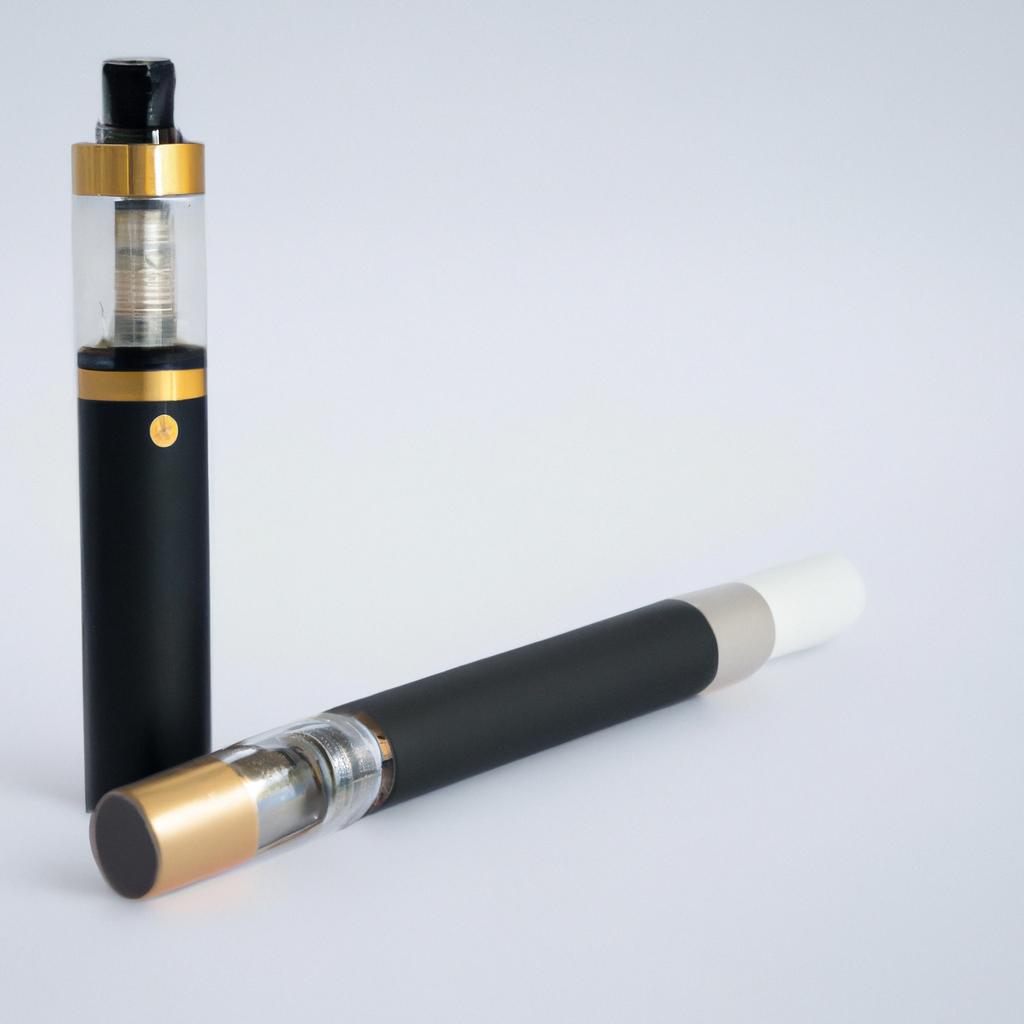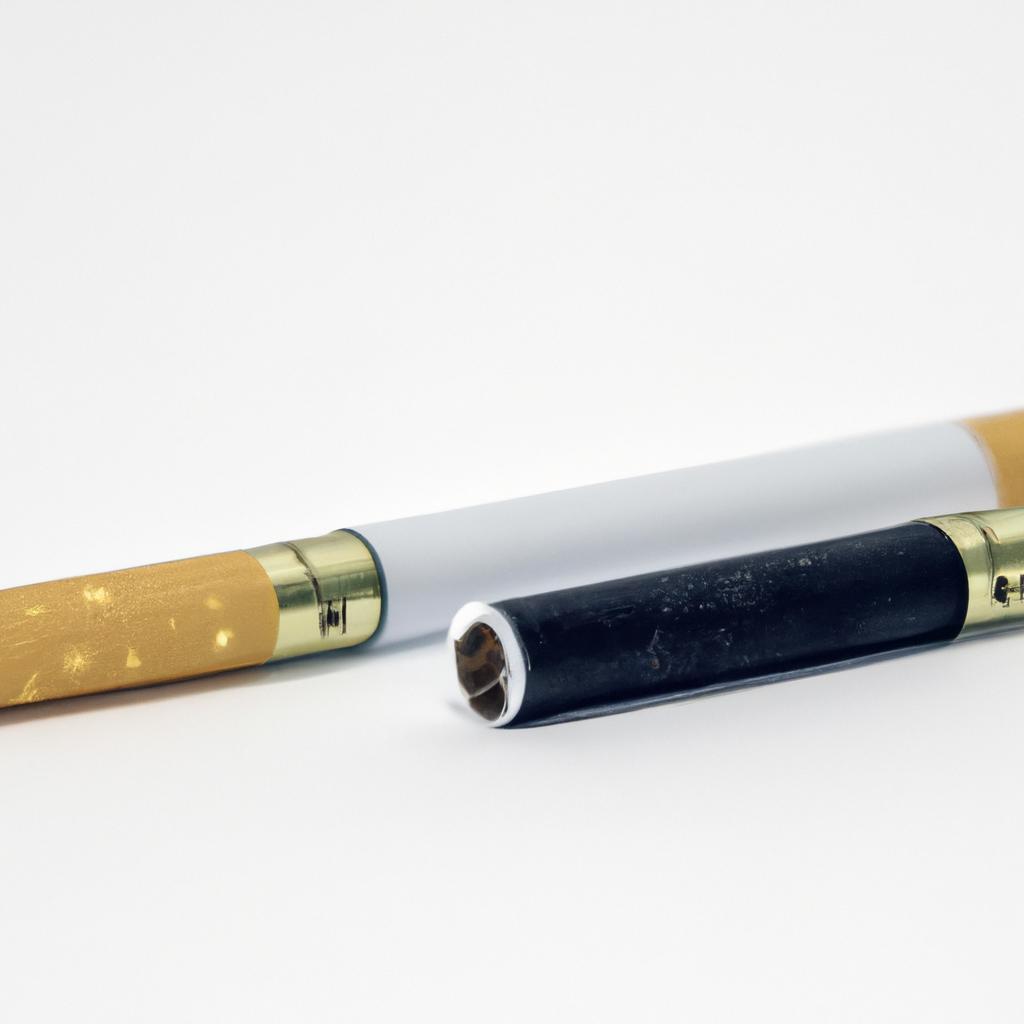In the evolving landscape of tobacco consumption, a new contender has captured the attention of both smokers and public health advocates alike: e-cigarettes. Marketed as a modern solution to the age-old issue of smoking, these sleek, battery-operated devices promise a less harmful alternative to traditional cigarettes. But beneath the glossy exterior and enticing flavors lies a complex debate shrouded in science, personal choice, and regulatory uncertainty. As we peel back the layers of this phenomenon, it becomes essential to ask: do e-cigarettes truly outshine their combustible counterparts in terms of health implications, or are they simply a different avenue of the same perilous journey? Join us as we delve into the nuances of this contentious issue, exploring the evidence, the myths, and the potential for a paradigm shift in our understanding of tobacco use in the 21st century.
Exploring the Health Factors: A Comparative Analysis of E-Cigarettes and Traditional Cigarettes
As we delve into the intricate tapestry of health consequences linked to **e-cigarettes** and **traditional cigarettes**, a nuanced understanding is essential. While both serve the purpose of nicotine delivery, their **biological impacts** differ significantly:
- Harmful Chemicals: Traditional cigarettes produce thousands of harmful substances, including tar and formaldehyde, whereas e-cigarettes typically contain fewer toxic compounds.
- Respiratory Effects: Long-term traditional cigarette smokers face heightened risks of chronic obstructive pulmonary disease (COPD) and lung cancer, while research on e-cigarette long-term effects is still emerging.
- Cardiovascular Health: Both forms of smoking can harm cardiovascular health, yet some studies suggest that e-cigarette usage may present a *lower risk* profile.
- Secondhand Exposure: Traditional cigarettes create substantial secondhand smoke risks, whereas e-cigarettes emit aerosol that, while not harmless, generally poses lesser threats to bystanders.
To foster a clearer perspective, consider the following comparative table:
| Factor | Traditional Cigarettes | E-Cigarettes |
|---|---|---|
| Toxins Released | High | Lower |
| Health Impact | Severe | Moderate (Emerging Data) |
| Secondhand Risk | High | Lower |
| Nicotine Delivery | Rapid | Variable |
In this evolving narrative of public health, it’s crucial to weigh both options carefully while acknowledging the **evolving evidence** surrounding e-cigarette safety and their role in smoking cessation strategies.

Navigating the Choices: Recommendations for Smokers Transitioning to E-Cigarettes
For those considering making the switch from traditional cigarettes to e-cigarettes, it’s essential to approach this transition thoughtfully. Here are some recommendations to guide you:
- Understand your options: E-cigarettes come in various forms, including disposable e-cigs, vape pens, and pod systems. Take the time to learn about each type and determine which aligns best with your preferences.
- Start with a lower nicotine concentration: Reducing nicotine levels gradually can help ease withdrawal symptoms while you adapt to vaping. Look for e-liquids that offer varying strengths.
- Choose quality products: Invest in reputable brands that prioritize safety and quality control. Read reviews and seek out recommendations from fellow smokers who have successfully transitioned.
- Experiment with flavors: One of the perks of e-cigarettes is the vast array of flavors available. Try different options to find what satisfies your palate and makes vaping a pleasurable experience.
- Seek support: Join online forums or local support groups. Interacting with others who are going through a similar journey can provide motivation and valuable tips.
| Aspect | Traditional Cigarettes | E-Cigarettes |
|---|---|---|
| Nicotine Delivery | Fixed levels | Variable levels |
| Flavors | Limited | Extensive |
| Harmful Chemicals | High | Lower |
| Odor | Strong | Mild to none |
In Conclusion
As we reach the end of our exploration into the contentious debate between e-cigarettes and traditional cigarettes, it’s clear that the landscape of tobacco consumption is complex and evolving. While e-cigarettes have emerged as a perceived alternative, promising reduced harm for some users, they are not without their own set of challenges and health considerations. The evidence remains mixed, unveiling truths that may illuminate both the advantages and disadvantages of each option.
Ultimately, the choice between e-cigarettes and traditional cigarettes lies not only in the nuances of health effects but also in personal lifestyle, individual preferences, and goals for well-being. As research unfolds and regulations adapt, staying informed is crucial. Whether one opts for vapor or smoke, the journey toward a healthier future requires careful reflection and awareness. In the quest for truth, may we all prioritize informed decisions that lead us closer to a healthier tomorrow. The smoking narrative continues, and its next chapter is yet to be written.


